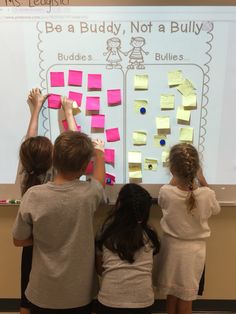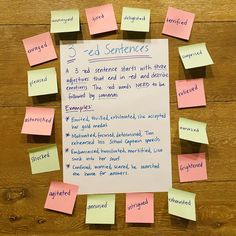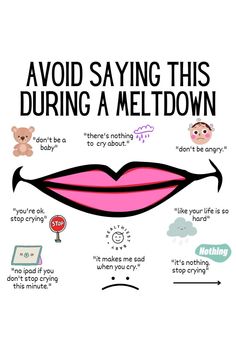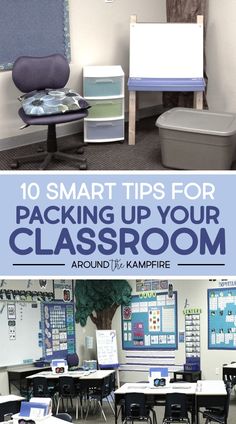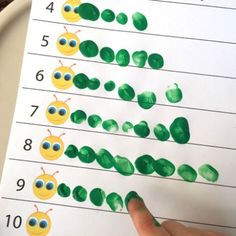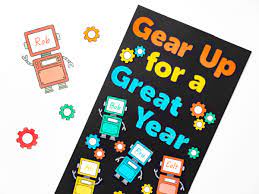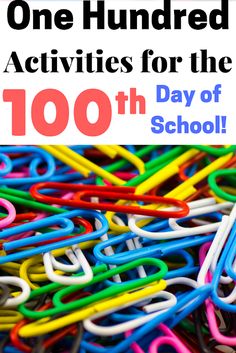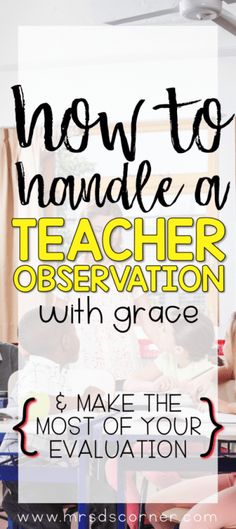In recent years, the issue of bullying has gained significant attention, highlighting the need for effective strategies to combat this social problem. One initiative that stands out is the “Bullying. No Way!” campaign specifically designed for schools. This campaign is a concerted effort by educational entities to address and prevent bullying in educational settings.
Bullying can take on various forms, including verbal, physical, and cyberbullying, all of which can have long-term negative impacts on the well-being of young people. The mission of the “Bullying. No Way!” campaign is clear – to create safe environments for children to learn and grow without fear of being bullied.
One of the core strategies of the campaign is educating both teachers and students about the nature of bullying. By raising awareness and understanding what constitutes bullying behavior, individuals are better equipped to recognize and address it when it occurs.
The campaign also emphasizes the importance of creating a school culture where diversity and individual differences are respected. This includes implementing policies that promote inclusivity and foster a sense of community among students.
One particularly effective aspect of the “Bullying. No Way!” campaign is its engagement with students themselves. Encouraging student participation in anti-bullying initiatives, such as peer support programs or poster-making contests, empowers them to take an active role in shaping a bully-free school environment.
Moreover, resources available through the campaign provide valuable support for schools to implement comprehensive anti-bullying practices. These resources include lesson plans, activities, and guidelines on how to properly respond to incidents of bullying.
The success of anti-bullying campaigns like “Bullying. No Way!” lies in their multifaceted approach. Not only do they aim to equip individuals with tools to stand against bullying behavior, but they also strive to transform school cultures holistically, promoting empathy, kindness, and mutual respect.
Conclusively, such campaigns are essential in the fight against bullying in schools around the globe. By championing initiatives like “Bullying. No Way!”, schools take vital steps toward ensuring that all children can enjoy a safe and supportive educational experience free from intimidation or harassment.
